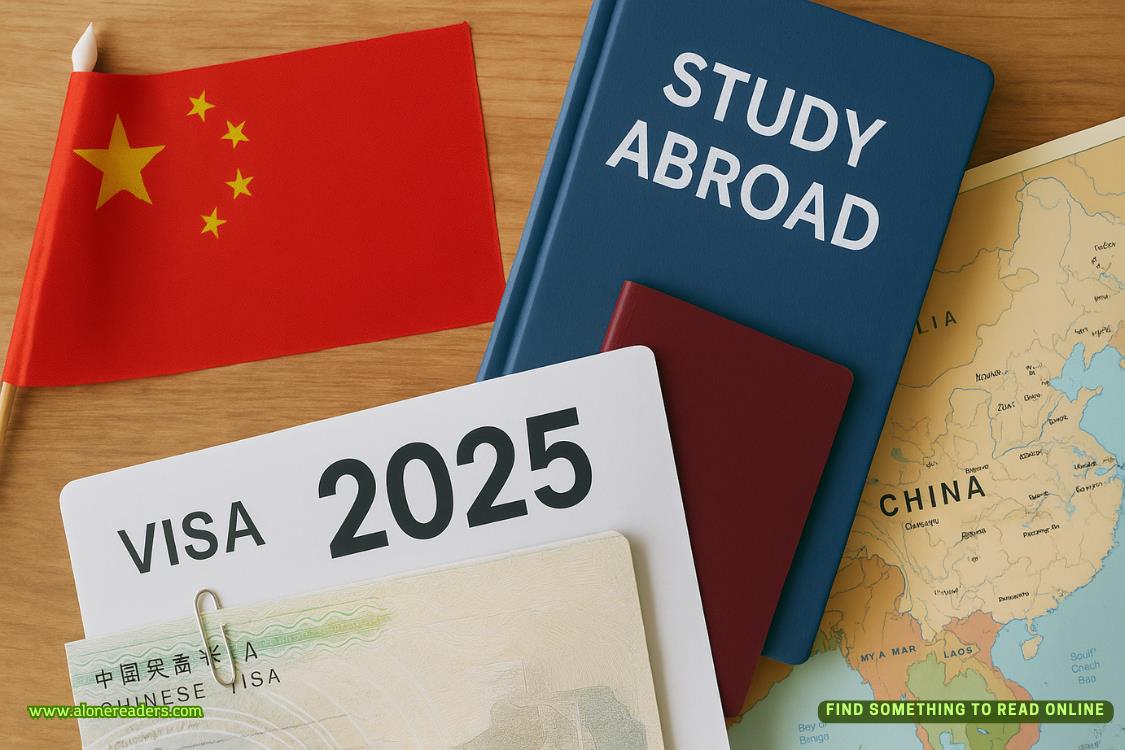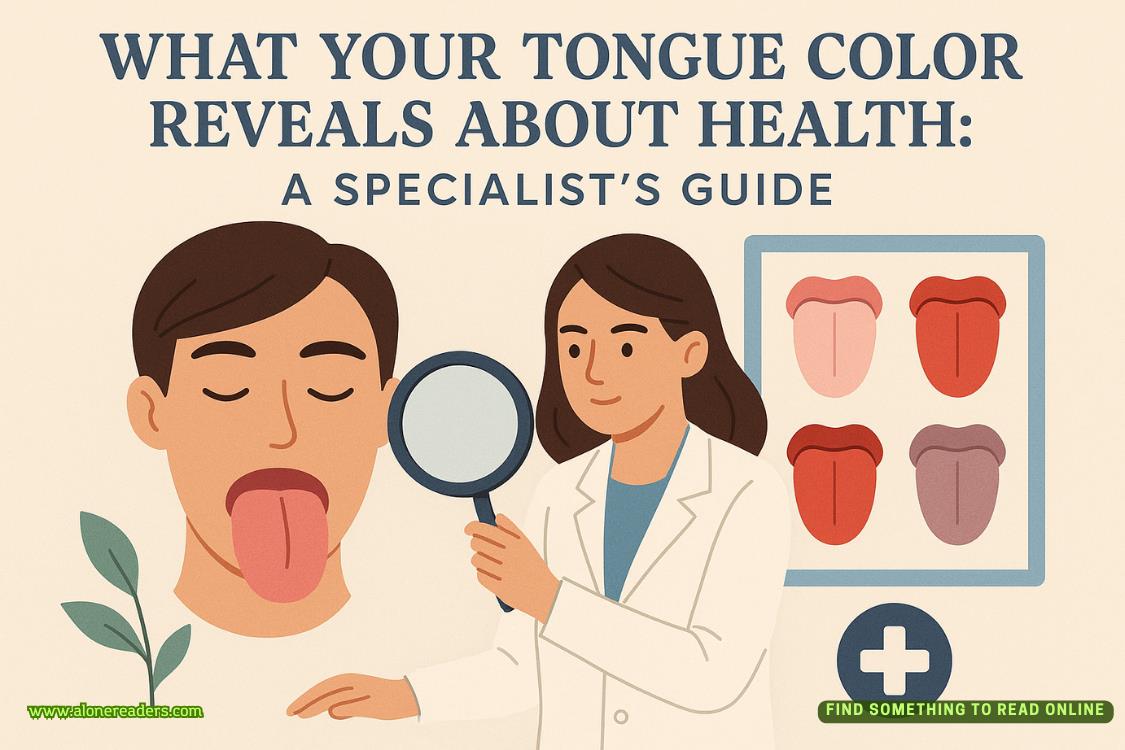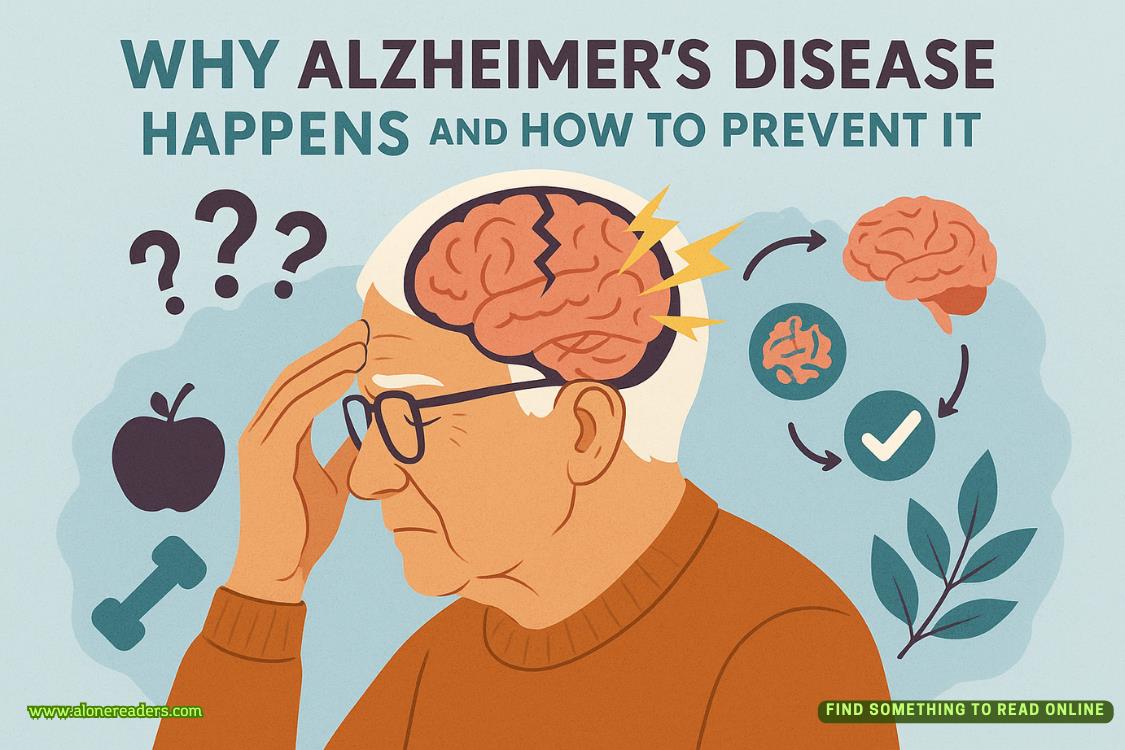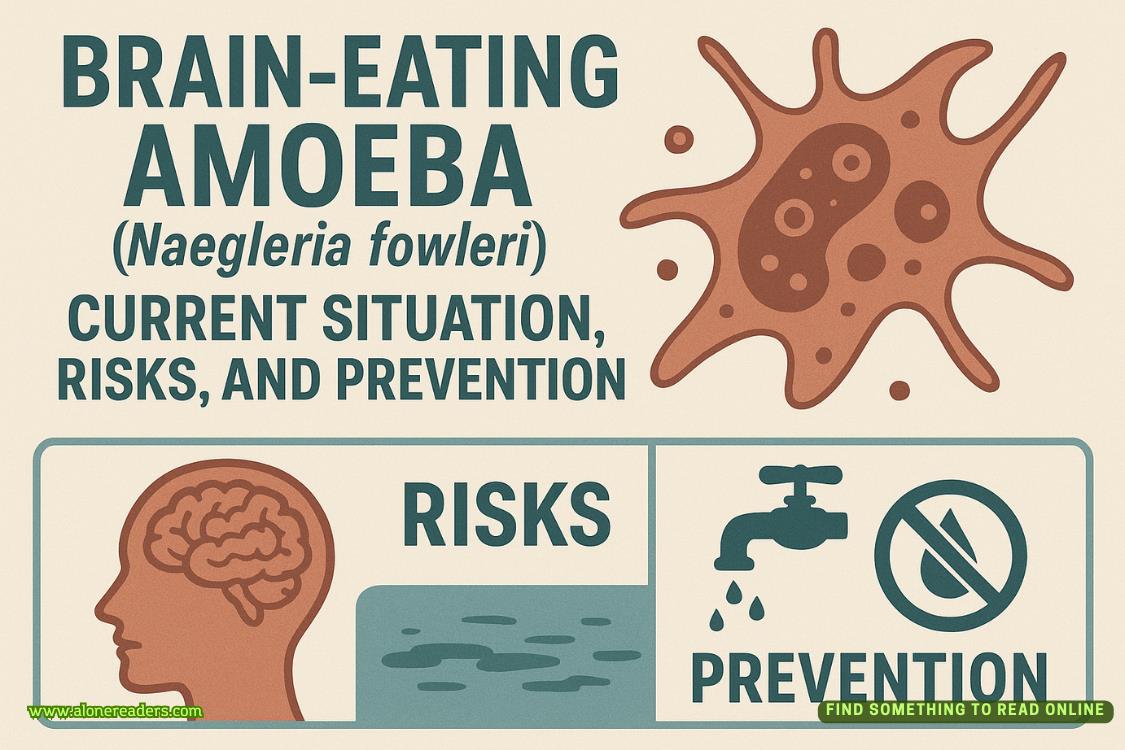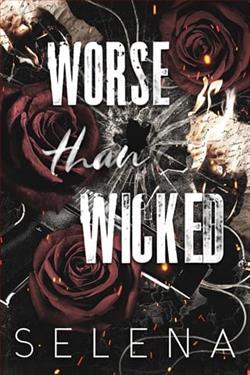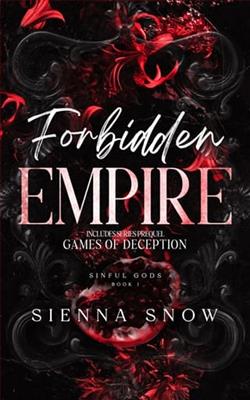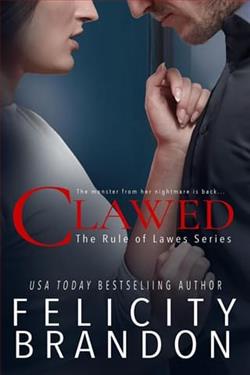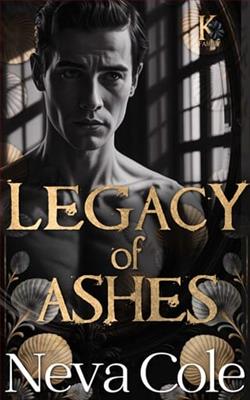Page 89 of The Pairing
“You don’t see how that bread is thinner than what we ate in Cinque Terre?”
“No,” Theo says. “Explain it again.”
Their eyes are bright in the midday light through the open front of the sandwich shop, and I know they see the difference. They just want to find out how many times I’ll repeat myself.Nothing gets Theo going like an endurance test.
“So, even though theylooksimilar, focaccia and schiacciata have completely different textures. Focaccia should be pillowy and light, almost spongy. Schiacciata gets a longer knead and a shorter rise, so it’s flatter and chewier.”
“Hmm.” Theo taps their chin, visibly fighting a laugh. “I don’t know if I believe you.”
An old baker emerges from the back and piles a dozen more crusty rectangles of schiacciata on the prep bar. He’s sweating and laughing, dusted with flour up to his elbows, and I smile. I know this type of baker well. The kind who thrives on the reliable routine of a simple kitchen run by somebody else, content to keep mixing and kneading and baking the same well-worn recipe every day. They’re always the happiest bakers. I envy him.
“Next!”
I order mortadella and stracciatella with crema di pistachio, Theo gets salame toscana with artichoke and spiced eggplant. The line stretches all the way down the alley beside Palazzo Vecchio, past a pharmacy vending machine full of condoms and cock rings, almost to the Uffizi Gallery steps, but when I see my sandwich, I finally understand why Theo insisted on the wait. It’s nearly the size of my head.
For the afternoon, we split up: me to the Uffizi Gallery, for the Botticellis, Theo to Fabrizio’s guided tour of Michelangelo’sDavid.I hang back near a statue of Lorenzo the Magnificent to finish my sandwich, letting the others from the tour slip ahead. I genuinely cherish the Swedes, but I’ve been waiting my entire life to see the paintings in this museum, and I want to do it alone. I want to make a thing of it. Maxine says I’m “overly precious,” but I simply love a perfect moment.
When the clouds are right and the aftertaste of pistachio settles on my tongue and a hot breeze whips up from the Arno, I let the crowd scoop me up and into the museum.
Art is the reason I’m alive. Not even in the figurative sense,although that’s probably true too, but in the literal, biological sense.
My dad was thirty-one when he decided to study in Paris. He met my uncle Thierry through grad school classmates while poring over French Romantic poetry on a student visa, and it was at one of Thierry’s hazy artist parties in the pied-à-terre that he noticed the watercolor paintings in the kitchen. He was transfixed. As it turned out, the artist was my mother, and Thierry was planning a trip home to Pérouges if my dad wanted to join.
My parents swore it was love at first sight. My mother was ten years younger, living and painting in my grandparents’ upstairs bedroom three doors down from the house I’d grow up in. They spent all night walking the village, just talking. At sunrise, they kissed, and by the next sunset, he had told his old roommate in Ohio to sell his things because he was never coming back.
When I was small, I’d sit with my mother while she painted flowers in the garden—or, after we moved, the greenhouse. She’d tell me about her favorite French artists, pull down books from the shelves and show me what they’d painted. Manet, Monet, Van Gogh. She loved Cézanne the most. I always think of her whenever I see a quince in a painting.
After she was gone, I’d sit in her place in the garden and paint watercolors so her easel wouldn’t be empty. I’d paint cherry and blackberry juices into tart crusts the way she’d shown me when we learned to bake together. As a teenager in New York, I spent hours wandering museums, looking for quinces. And when I had the choice to go anywhere to study anything, I chose art history to be close to her and Santa Barbara to be close to Theo.
I finished my degree full of curiosity and inspiration and found it was only good for working at a museum, doing the same things every day and looking at the same handful of pieces. I wanted to keep discovering, to make things. That was whatbrought me back to pastry, and now I get to make things every day. I spend every day at the same station in one of the finest kitchens in Paris, repeating the steps of recipes someone else wrote with absolutely no deviations. And I’m great at it, which I’ve heard should make it fulfilling.
All to say, I can’t wait to see what the Uffizi will give me.
I wander through long, coffered corridors bursting with hand-painted flowers and cherubs, trying my best to savor it all. The golden panels, Lippi’sMadonna,the Duchess and Duke of Urbino diptych. I skip the rooms with Botticelli’s paintings, deciding to save them for last. Then it’s Da Vinci’sAnnunciation,the frescoed maps on the upstairs terrace, Michelangelo’sDoni Tondo,andVenus of Urbino.When I’m satisfied, I turn back, past oil portraits of dukes and duchesses lining the halls, and into the Botticelli rooms.
Here, I take my time with each individual painting. I bring out my sketchbook, but there’s no way to capture how ethereal each piece is, the luminance, how Botticelli’s brush could capture every flower petal with scientific accuracy and still imbue everything with the gauzy grace of a dream. Twenty minutes pass while I stare atPrimavera,astounded by the gossamer ripples of the Graces’ veils, the blooms spilling from the nymph’s mouth to become the flowers adorning the goddess’s gown, the proud, serene, gently smiling face of Flora herself.
My phone buzzes with a text from Theo: a grainy, zoomed-in photo of theDavid’s cock and balls.
Nice, I reply. I send back a photo ofCalumny of Apelles,adramatic painting of hot people in billowing robes fighting one another in an ornate throne room.This is how I picture Númenor.Theo replies,nerd, and,<3, and then sends a photo of theDavid’s ass.
Finally, when the crowd thins out, I reverently approachThe Birth of Venus.
As I take my first, long-awaited look at her windswept hair,that iconic, brassy shade of blond, I realize I’ve seen the color before. Three times, actually, on Sloane, Este, and Theo.
Venus is a Flowerday strawberry blond.
It feels strange to see something of Theo in a depiction of the divine feminine. I’ve never really seen any woman in Theo (here, Theo would saywell, technically,and mention one of the times we brought a girl home together), but I have occasionally seen something else. Some eternal, ineffable quality present in this painting. I see Theo in the way Venus leans her weight to one side and juts her hip out in the contrapposto stance, Theo’s jaw and chin in Venus’s face, Theo’s subtle smirk in the shape of Venus’s mouth, Theo’s laughing vitality in the way Venus’s hair flies.
The longer I stare at her, though, the more I begin to see bits of myself too. Her gaze, the fluidity of her body, the way her fingers lay on her breast. If Theo were here, would they recognize me the way I recognize them? Would they wonder, the way I’m wondering, how it can be that we’ve met here in a Botticelli, curling out of the sea-foam?
I picture them a few streets away beneathDavid,that monument to masculine beauty, finding us in him like I’ve found us in Venus. Comparing their thighs to his thighs, my lips to his lips, their knees, their shoulders, my waist, our collarbones. I hope Theo looks at that lovingly honed marble and sees the places where their own body holds as much of the divine masculine as he does. I hope it makes them feel known.
I stay there with Venus until two minutes before aperitivo, unwilling to look away. She fills me with dreams of Theo and me on a beach strewn with petals, fills my mouth with the taste of sea salt and rose water and citrus blossoms. An idea for a pastry comes to me unprompted: a featherlight, shell-shaped madeleine infused with rose water and lightly salted, kissed with lemon crémeux and flecked with candied primrose. I write it down, though I don’t know what I’d ever use it for.
In France, we take an apéro before dinner. In my family, it was kir in a juice glass with a splash of Lillet Blanc. Crème de cassis, white wine, a hint of orange peel and honey. Maman said an apéritif should be sweet to ease you into your meal gently, though I suspected she just liked the taste of Lillet.
In Italy, an aperitivo should be bitter. Vermouth, Campari, Aperol. The philosophy is that bitter herbs prime the palate by shocking it into a blank slate for whatever flavors come next. This is what Fabrizio tells us outside a café near the Duomo, where we meet to sip bitter, orange-red Campari spritzes at flimsy café tables that wobble on the piazza’s stones.
